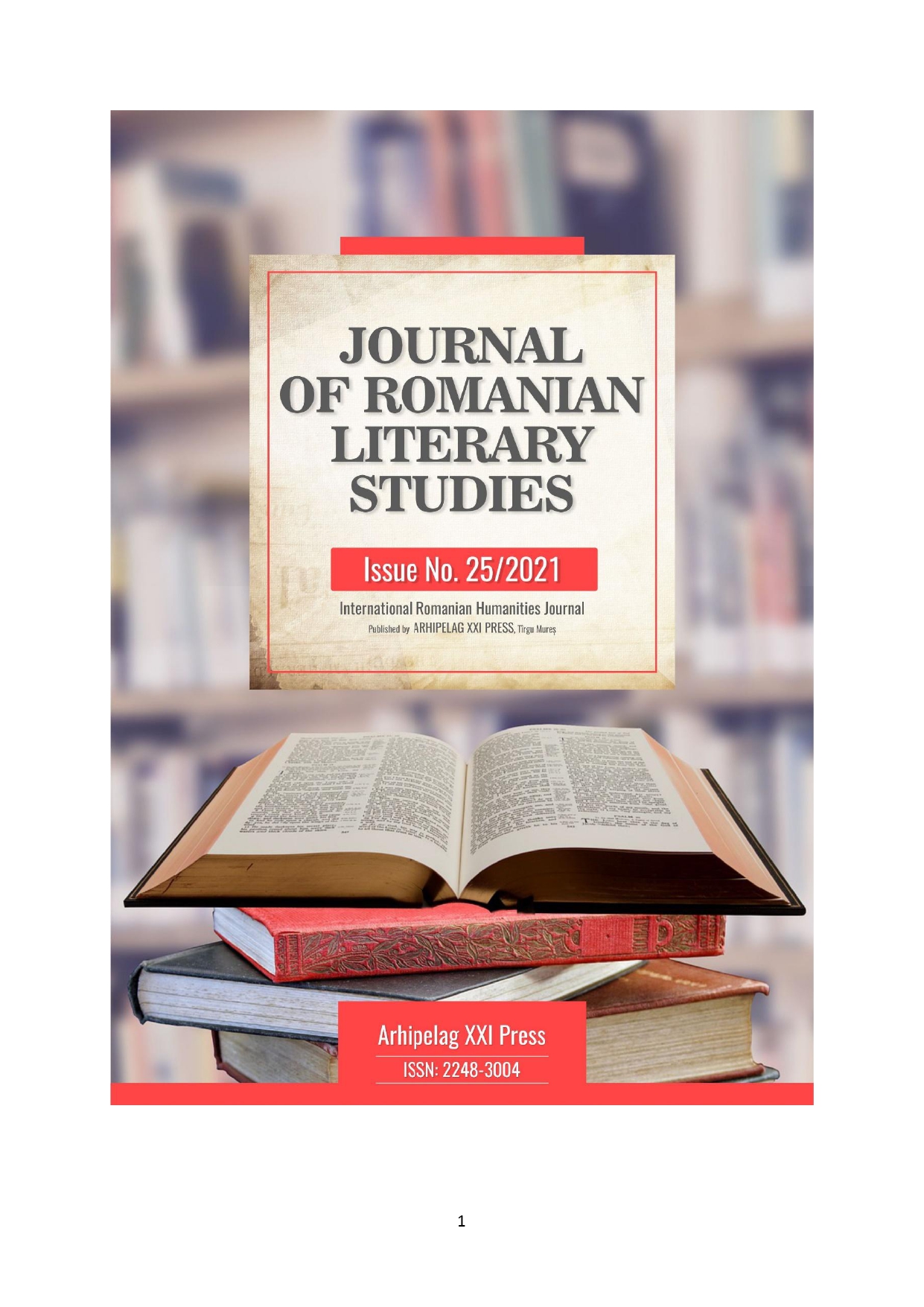THE FORMATION, PROMOTION AND EMANCIPATION OF NATIONAL IDENTITY IN THE 19th CENTURY ROMANIA
THE FORMATION, PROMOTION AND EMANCIPATION OF NATIONAL IDENTITY IN THE 19th CENTURY ROMANIA
Author(s): Veronica Florina Vîjoi (Vasilescu)Subject(s): Cultural history, History of ideas, Local History / Microhistory, 19th Century
Published by: Editura Arhipelag XXI
Keywords: diplomacy; literature; unity; identity; nation;
Summary/Abstract: The national and cultural renaissance of Romania is a phrase used in Romanian culture and historiography to refer to the transformations that occurred in the history of Romanians during the nineteenth century and completed by the materialization of the national unity. Thus, with the formation of the Romanian State by uniting the Principalities of Muntenia and Moldova, an organized process for the creation of national unity is generalized to the entire population, a process that had already begun at the level of cultural elites since the period just before the Revolution of 1848. The attribute of foreign policy is diplomacy, and literature is the attribute of domestic policy. The beginning of a new era takes place in the socio-political history, but also in that of literature and culture. Through their literary works, the writers of this new generation served with the pen the socio-political ideals, but also externally as prestigious diplomats. The construction and modernization of Romania enjoyed an uninterrupted continuity, and the six decades that separate 1859 from 1918 represented for Romanians a period of progress and successive achievements to which the performance of the three leaders, Alexandru Ioan Cuza and kings Carol I and Ferdinand I, heavily contributed. The beginning undoubtedly takes place during the seven-year reign of Prince Cuza, who laid the foundations for the development and modernization of the United Principalities, as well as their transformation into a single unitary state Romania, with the help of a major reforms program. Taking over the rule of the country, Prince Carol of Hohenzollern-Sigmaringen continued the construction process and during his reign, Romania gained independence and accelerated its modernization, for King Ferdinand to lead the country in the conflagration of the First World War and to become the king of Greater Romania, united in the integral national borders.
Journal: Journal of Romanian Literary Studies
- Issue Year: 2021
- Issue No: 25
- Page Range: 1184-1190
- Page Count: 7
- Language: Romanian

